America’s poor have suffered tremendously over the past 14 months. Now comes the real pain.
Inflation rose at its fastest pace in 12 years during April, per the U.S. Department of Labor. The Consumer Price Index was up 4.2 percent from a year earlier. Per CNBC, the “increase in the annual headline CPI rate was the fastest since September 2008, while the monthly gain in core inflation was the largest since 1981.”
Just over one year ago oil producers had to pay their customers to take delivery of crude oil due to the massive drop-off in travel driven by the COVID-19 pandemic.
Energy prices overall are up more than 25 percent from a year earlier, including a 49.6 percent increase in gasoline and 37.3 percent for fuel oil.
Today, gas is more than $1.15 more expensive than it was one year ago, per AAA, with a national average price per gallon of Regular gas at $3.008. The price of diesel fuel, the fuel that powers our commercial trucks, is up $0.72 over the past year, driving up the cost of shipping.
The cyber-attack on the Colonial Pipeline will only make matters worse.
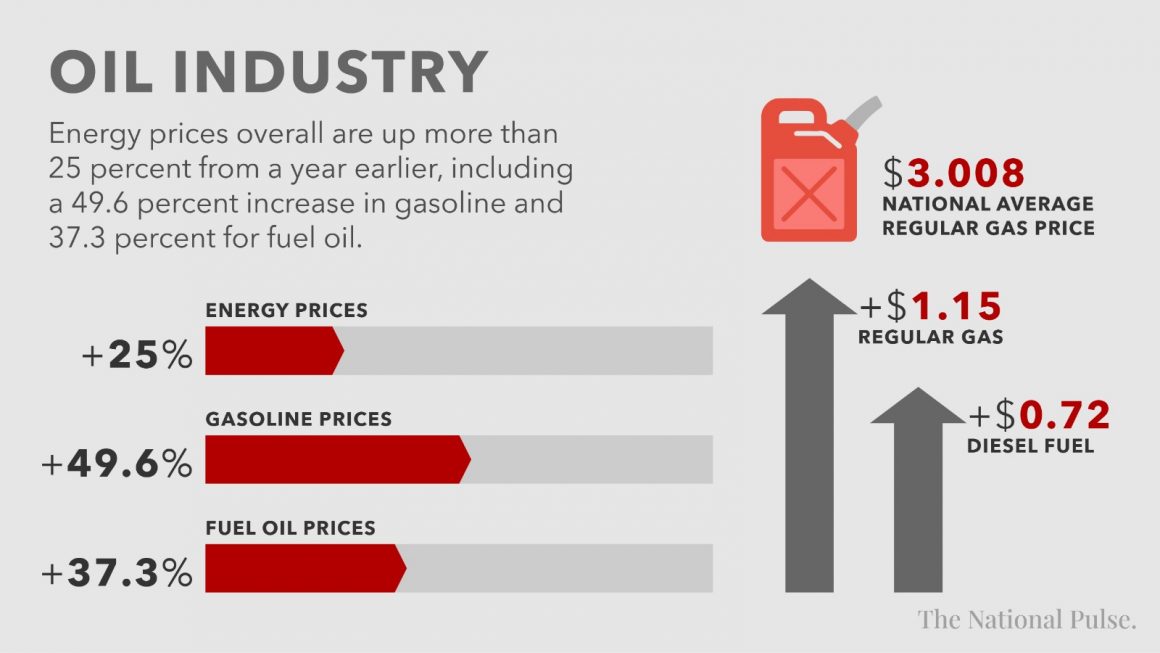
Food prices are increasing at a rapid pace.
The national average for a pound of bacon in January 2020 was $4.72. By March 2021, that price had risen to $5.11, according to NielsenIQ.
Consumer Price Index data for the month of January 2021 showed that the cost of food eaten at home (groceries) rose 3.7 percent from a year ago. According to the Labor Department, the price Americans paid for groceries jumped 2.6 percent in April 2021, the largest one-month increase since 1974.
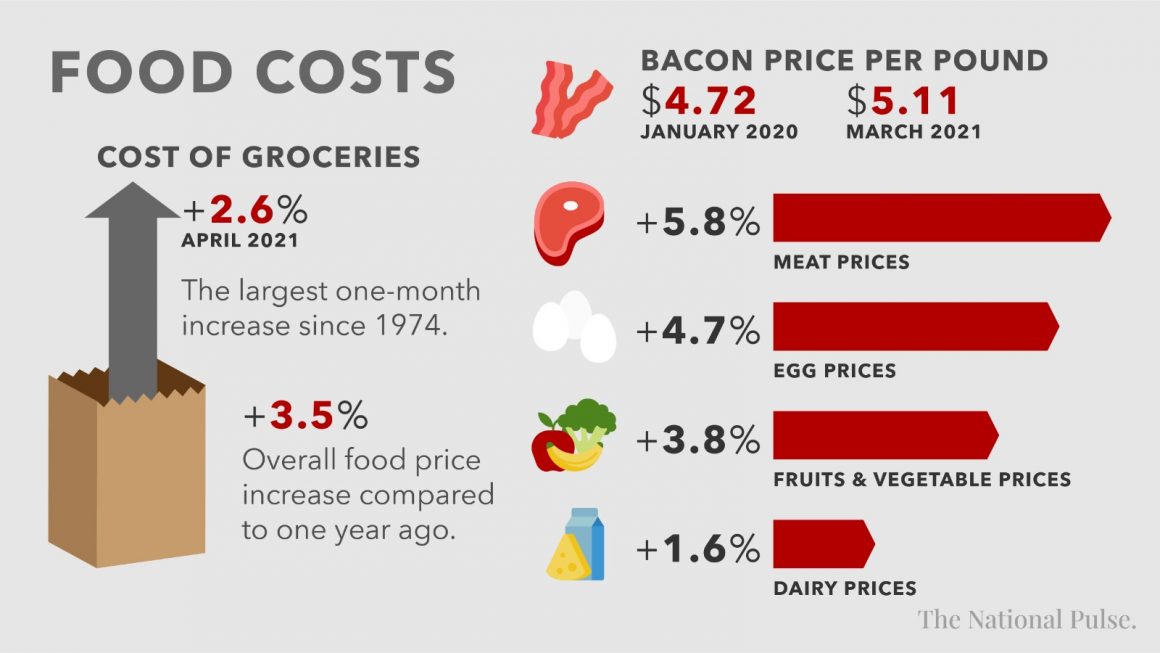
According to the USDA, between March 2020 and March 2021, the price of meat rose by 5.8 percent, eggs are 4.7 percent more expensive than a year ago, fruits and vegetables are up 3.8 percent on average, and the price of dairy products is up 1.6 percent.
Net-net, the Bureau of Labor Statistics reports that overall food prices are up 3.5 percent vs. one year ago. And it does not look to get better any time soon, with futures pricing for key staples such as corn, soybeans, and wheat indicating continuing price increases.
This inflation in the price of gas and food is sadly a hidden tax that is hurting America’s most vulnerable population. Using government data on food spend, miles driven, fuel consumption, tax rates, etc., a hypothetical family of 4 making $30,000 per year, living in Illinois would see its annual effective income reduced by $1,362.83, or 5.6 percent if its annual take home pay.
Quite the tax hike for those who can least afford it.
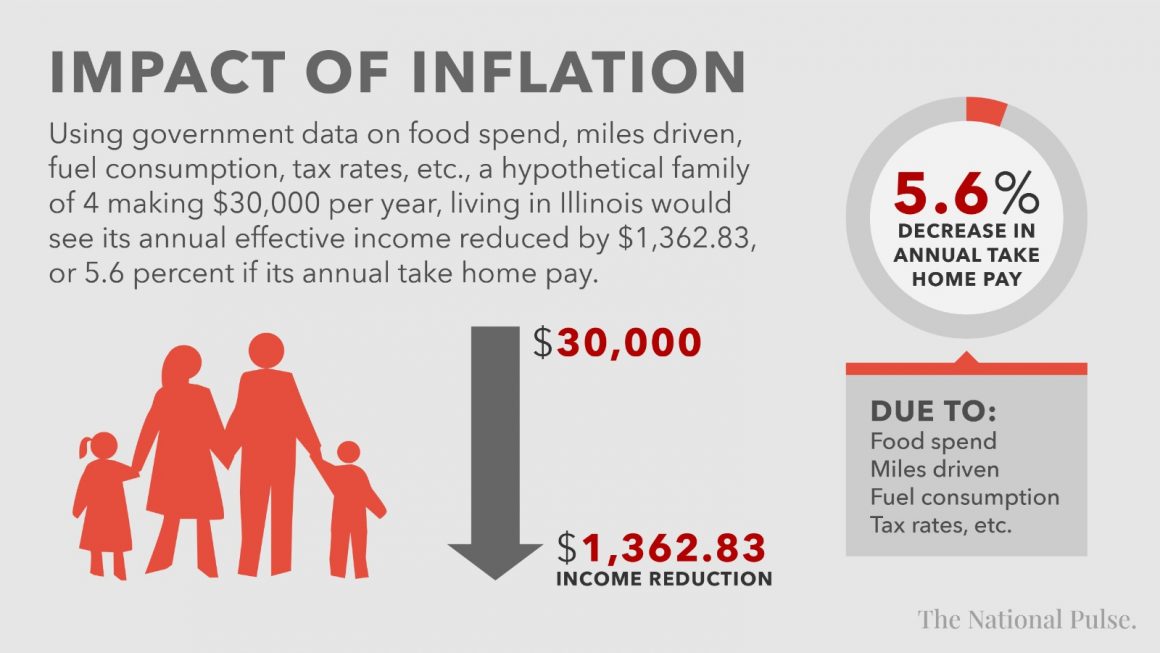
It is not just food and fuel that is hurting America’s poor. The materials used in construction have skyrocketed. Lumber prices have risen 124 percent in 2021.
In fact, the cost of rough lumber to frame out a modest 1,500 square foot home has more than doubled from $14,000 to $29,000, according to Jeff Pemstein, Division President for Homes by Towne, as reported by Fox 40. This will push many homes out of the price range of lower-income Americans.
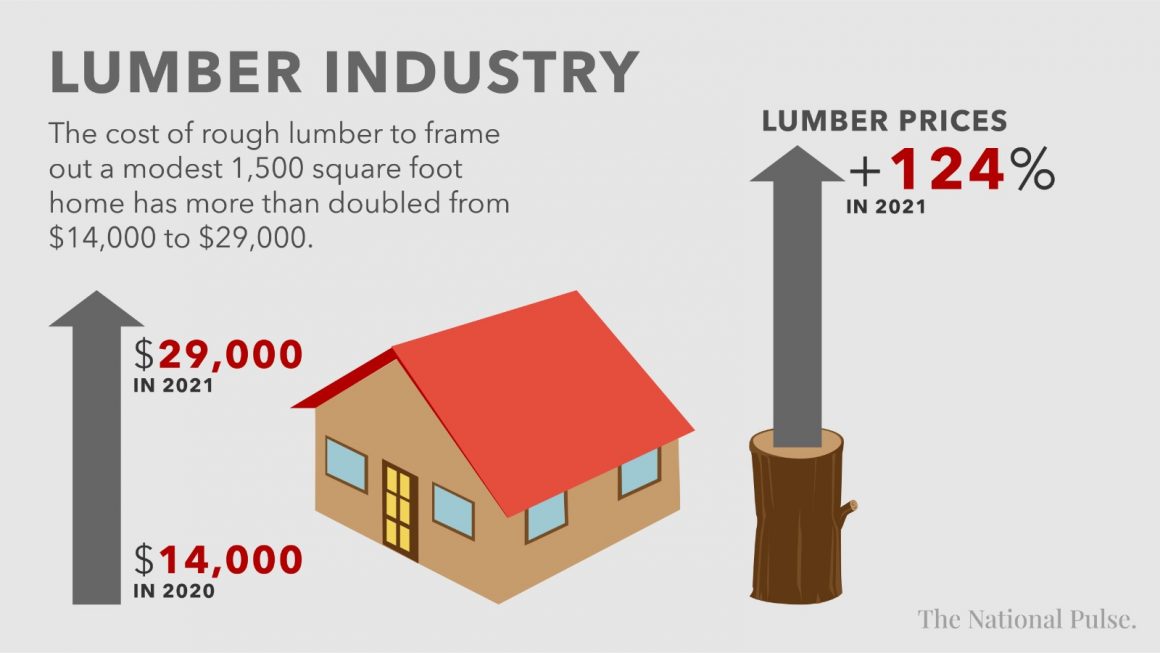
Used car and truck prices, the cars and trucks most often purchased by poorer Americans, rose 21 percent, including a 10 percent increase in April alone.
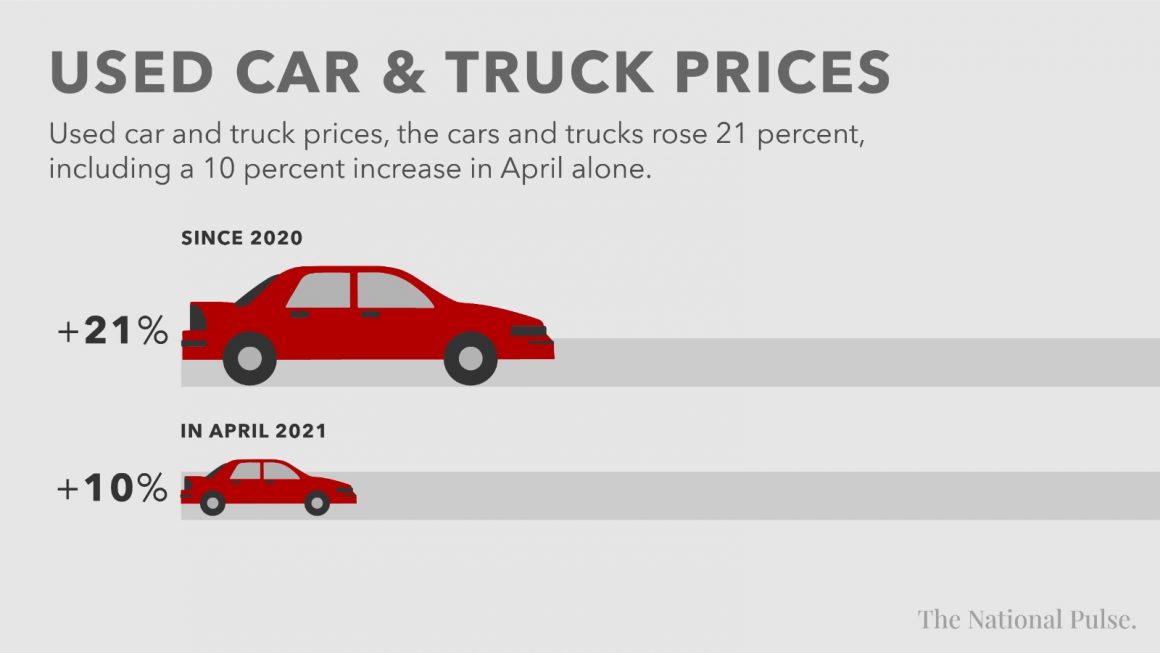
The cost of shipping good from China to the US West Coast rose to a record rate at the end of 2020, with the Shanghai Containerized Freight Index (SCFI) nearly tripling from the same time in 2019. This will contribute to the inflation in price of goods imported from China, from clothing, to TVs, to computers (another reason to repatriate our supply chains).
So, what do we do? How can the Biden regime reduce the tax burden on those who can least afford it?
First, we need to reassert our energy independence. Rescind the executive order banning the Keystone Pipeline and those banning fracking on federal land so we can drive down the price of gas and the price of groceries. Open the economy and commit to not passing any additional COVID stimulus packages that deter work.
This will allow more businesses to re-open, or to open full-time, reducing unemployment and giving people who want to work more disposable income. In addition, investigate changing the laws that regulate the hours an over-the-road truck-driver can drive in a day. This will allow groceries to be delivered faster, at lower costs, that will lead to reduced prices on the store shelves. There are many other actions that the government can take to reduce this commodity inflation.
The question is, does the Biden regime care enough about its citizens to have the courage to do so?

